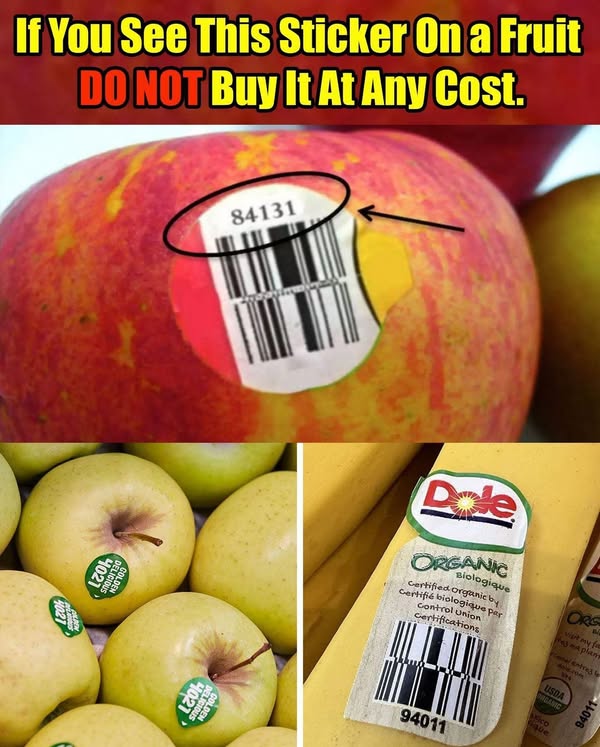ADVERTISEMENT
– **If the first digit is 3 or 4**, it means the fruit or vegetable was grown **conventionally**. Conventional farming uses synthetic pesticides, herbicides, and fertilizers to help with the growth process. This is the most common method of farming, and the produce will typically be priced lower than organic options.
– Example: A conventional apple might have the PLU code **4015**.
– **If the first digit is 9**, it means the produce is **organic**. Organic fruits and vegetables are grown without the use of synthetic pesticides, fertilizers, or genetically modified organisms (GMOs). They are also subject to stricter regulations and certifications.
– Example: An organic apple would have the PLU code **94015**.
– **If the first digit is 8**, it indicates the produce is **genetically modified (GMO)**. GMOs are created by altering the DNA of the plant to introduce new traits, such as resistance to pests or improved shelf life. While GMOs are controversial, they are still widely used in certain crops like corn and soybeans.
– Example: A genetically modified banana might carry the PLU code **84123**.
### The Rest of the Numbers: Specific Identification
Once you’ve identified whether the produce is organic, conventional, or GMO by looking at the first digit, the remaining digits of the PLU code are used to specifically identify the type of fruit or vegetable. For example, the PLU code **4015** is used for a conventional **Fuji apple**, while **94015** would indicate the same apple, but organic.
These codes aren’t random—they’re part of a larger system that allows retailers, farmers, and produce distributors to track a wide variety of fruits and vegetables. For example, the PLU code **4045** is used for a **Red Bell Pepper**, and **4011** corresponds to a **Yellow Banana**. Each type of produce has its own unique number.
### Why Does This Matter?
Knowing the meaning behind the numbers on fruit stickers can be beneficial for a few reasons:
1. **Informed Shopping**: When you’re shopping, especially if you’re choosing between organic and conventional produce, these numbers can help you make an informed decision. For example, if you prefer to avoid synthetic pesticides, the first digit of the PLU code will immediately tell you which item is organic.
2. **Avoiding GMOs**: If you’re trying to avoid genetically modified foods, being aware of the “8” starting PLU code can help you easily identify GMO produce. While many people are concerned about the long-term health and environmental impacts of GMOs, others prefer them for their resilience and cost-effectiveness.
3. **Price Awareness**: PLU codes are also used to help grocery store clerks price items. Knowing the code’s meaning can give you a sense of whether the produce you’re buying is more expensive due to organic certification or whether it’s priced higher due to being a more exotic or special variety.
4. **Sustainability and Ethics**: For shoppers who are passionate about sustainability and ethical farming, knowing the difference between conventional and organic farming practices can help in making more environmentally conscious choices. Organic farming tends to use more sustainable farming practices, such as crop rotation and fewer chemicals.
For Complete Cooking STEPS Please Head On Over To Next Page Or Open button (>) and don’t forget to SHARE with your Facebook friends
